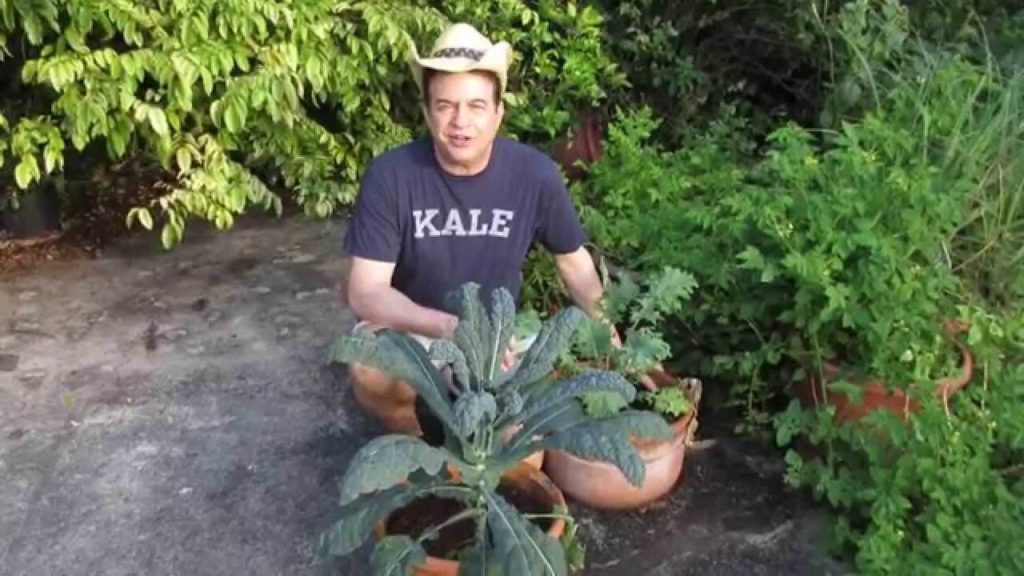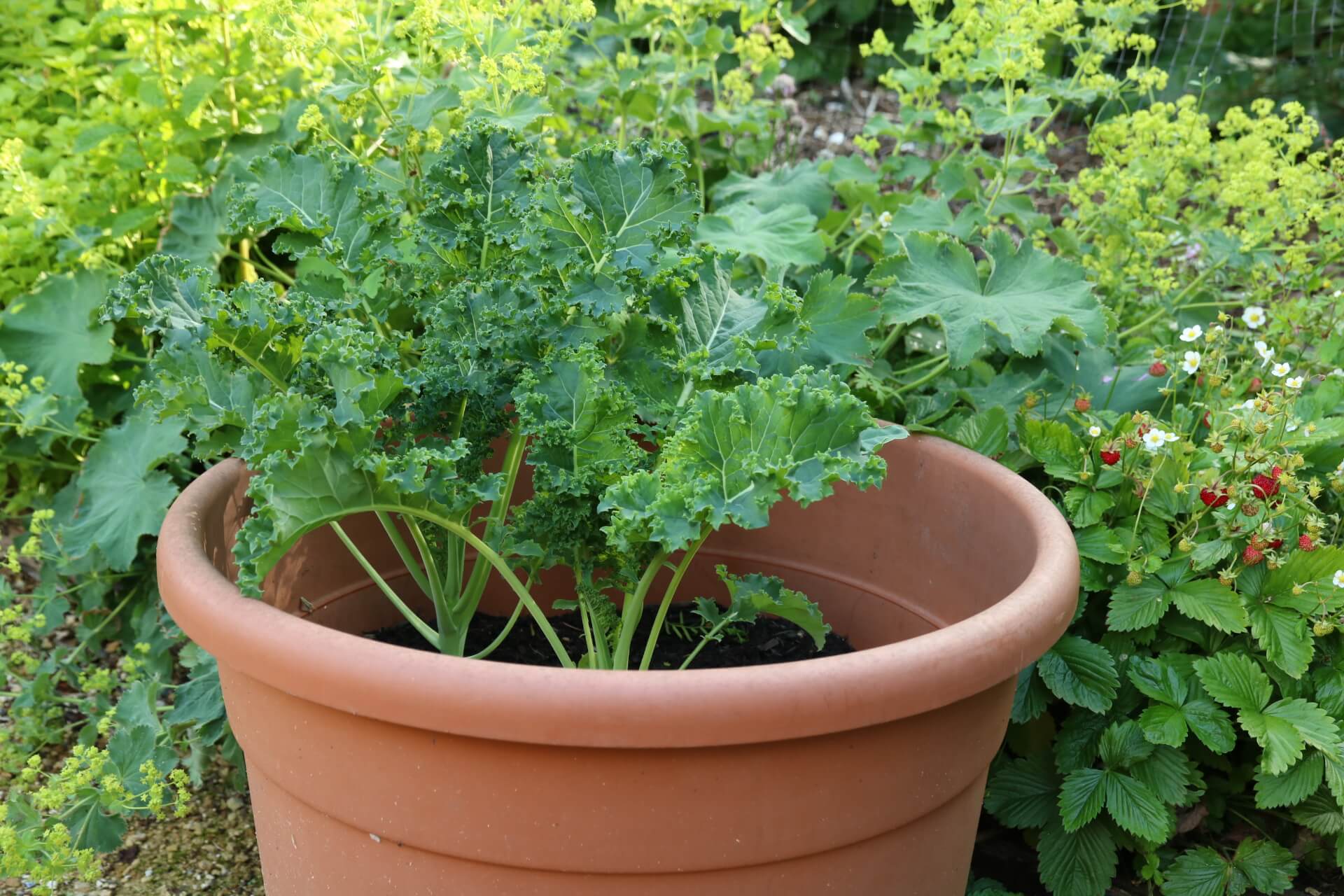
#Growing kale from seed in containers full
Space kale 18 to 24 inches apart in an area with full sun and well-drained, fertile soil with a pH of 6.5 to 6.8.In-ground gardens, raised beds, and containers are all excellent growing options. Plant kale 3 to 5 weeks before the last frost.

It's a wonderful addition to smoothies, too, and tender young leaves make delicious salads. In the kitchen, kale can be steamed, stir-fried, or substituted for spinach in omelets, casseroles, or even quesadillas. You'll get a second chance to plant kale in the fall, when cool weather brings out a wonderfully sweet, nutty flavor that is unique to these cold-natured plants.įall is the best time for growing kale in areas where winter doesn't dip below the teens, or in a cold frame farther north, because the leaves are sweeter when they mature in cooler weather. They will grow steadily for months until the weather gets too warm. You can set out plants quite early in spring as long as you protect the young plants from severe cold winds with a cover. However, you can store them in a refrigerator for 7-10 days in plastic bags.Cold-hardy and resilient, kale is an easy member of the cabbage family to grow. Leave 2-3 inches from the bottom and it will grow again. Wait till the plant reaches about 10-12 inches in height and then cut individual leaves as required. You can harvest in 65-80 days after sowing seeds. Thankfully, kale is safe from serious disease problems. Using insecticidal soap or neem oil spray will be enough to take care of them. Pests and Diseasesīe careful about cabbage worms, flea beetles, and cabbage aphids. Alternatively, side-dress plants with aged compost every 5-6 weeks. Mulching will also help to keep the moisture locked and plant cool.įeed the plant regularly with a continuous-release plant food according to the dosage and intervals recommended on the label. Wateringįor soft and flavorful leaves, keeping the plant well-watered is crucial. Moving the pots accordingly will ensure you get a thriving harvest.

The plant will thrive in both shady locations and bright sun. Kale loves light-weight soil and any potting mix having perlite, coconut husk, manure or compost, and peat will work great in this regard. If you are growing multiple plants together, or growing kale with herbs, go for a 22-24 inches pot.

Red Russian Kale: Its blue-green or red leaves resemble that of oaks.Ornamental Kale: Comes in pink, purple, and magenta hues.Lacinato Kale/Dinosaur Kale: Has blue-green rumpled leaves with a reptile-like texture.Hanover Late Seedling, Red Russian, Blue Curled Scotch, Winterbor, Dwarf Green Curled, Blue Knight, and Greenpeace are some of the best varieties to grow.

Potatoes, celery, onions, beets, and herbs are some of the great companion plants for kale. Sow half an inch deep and space them 3-4 inches apart. Planting kale seeds is a pretty straightforward method. If you live in a mild-winter region, fall is the best time. Kale has innumerate health benefits on offer and you’ll be reaping them all fresh and free!Ĭommon Names: Leaf Cabbage, Borecole, Curly Kale, Kaleīotanical Name: Brassica oleracea acephala Check out our article on growing Kohlrabi in pots hereīeing a cool-weather crop, kale can withstand temperatures as low as 20 F (-5 C). Growing Kale in Pots is a great way to get your hands on healthy greens even when you’re short on space. There is no substitute for leafy greens when it comes to a healthy diet and what could be better than kale! Read on to know all about Growing Kale in Pots!


 0 kommentar(er)
0 kommentar(er)
